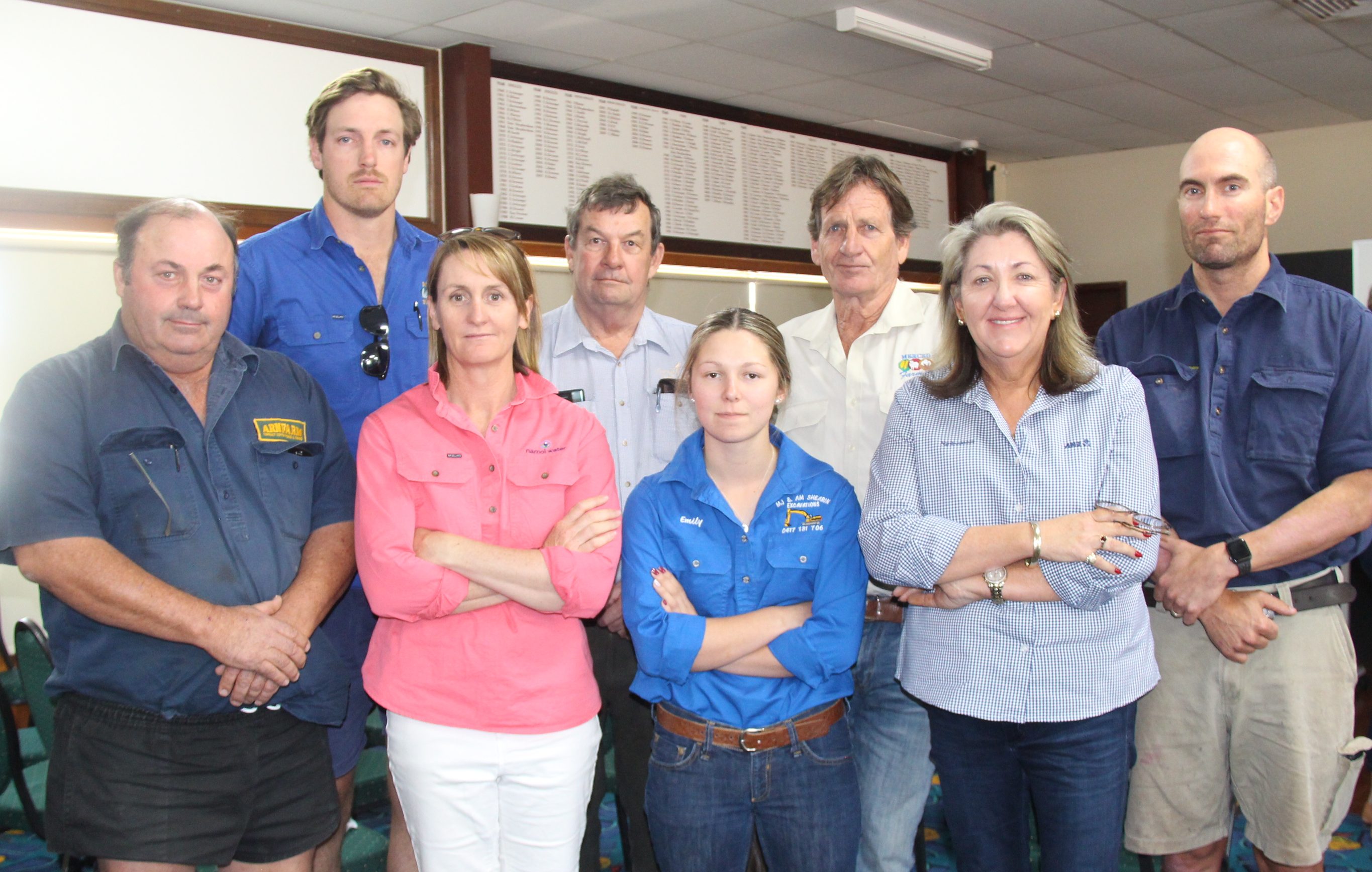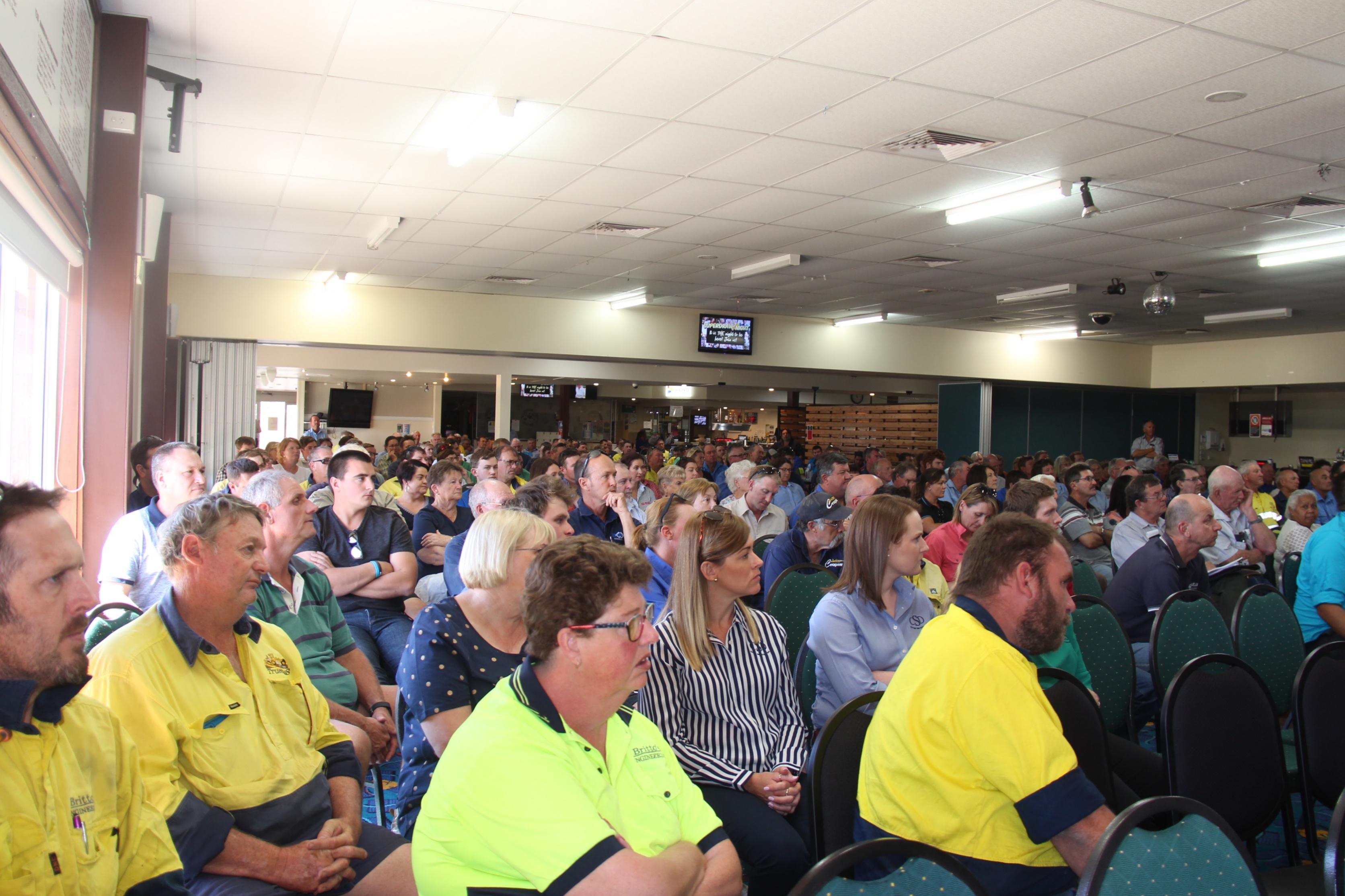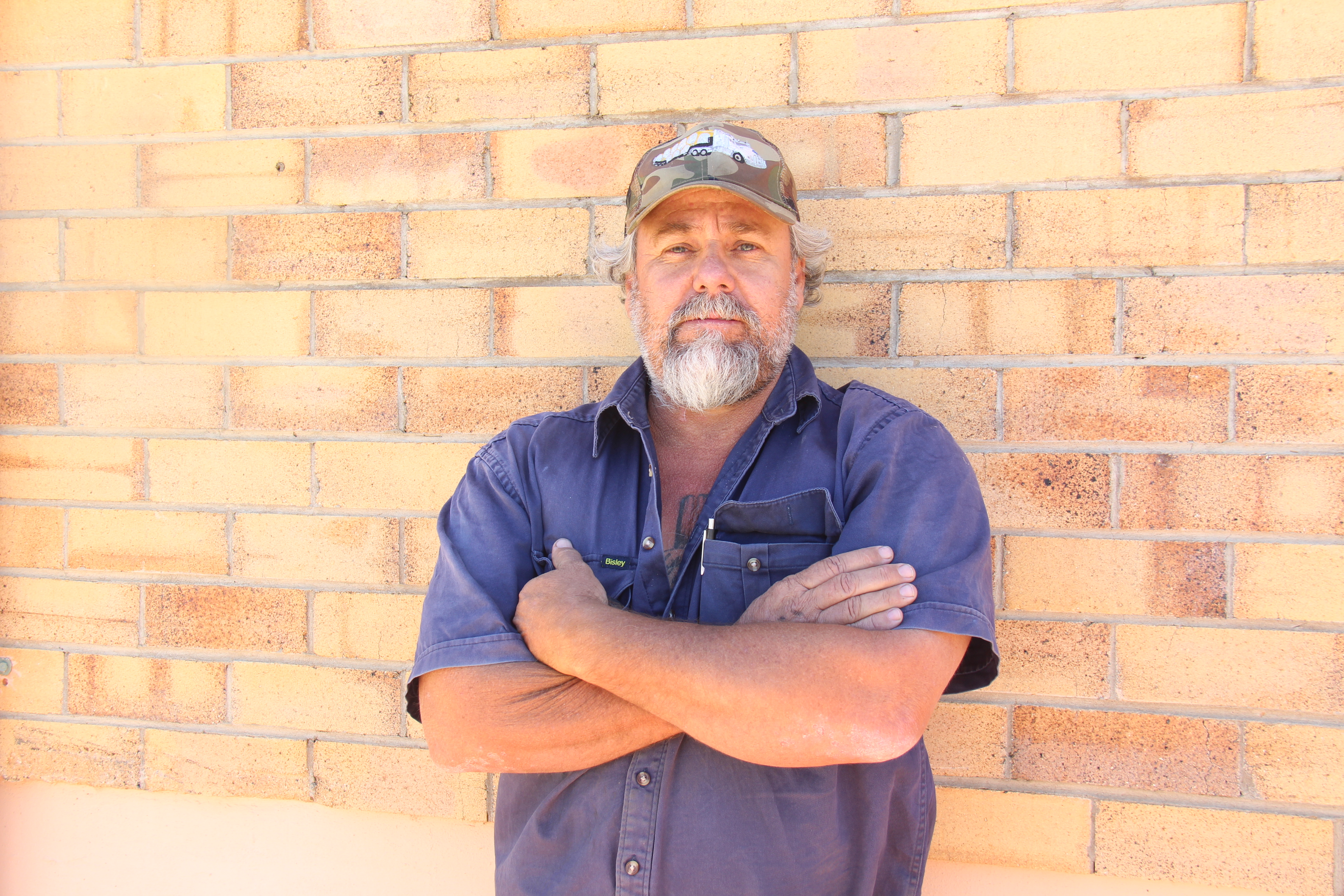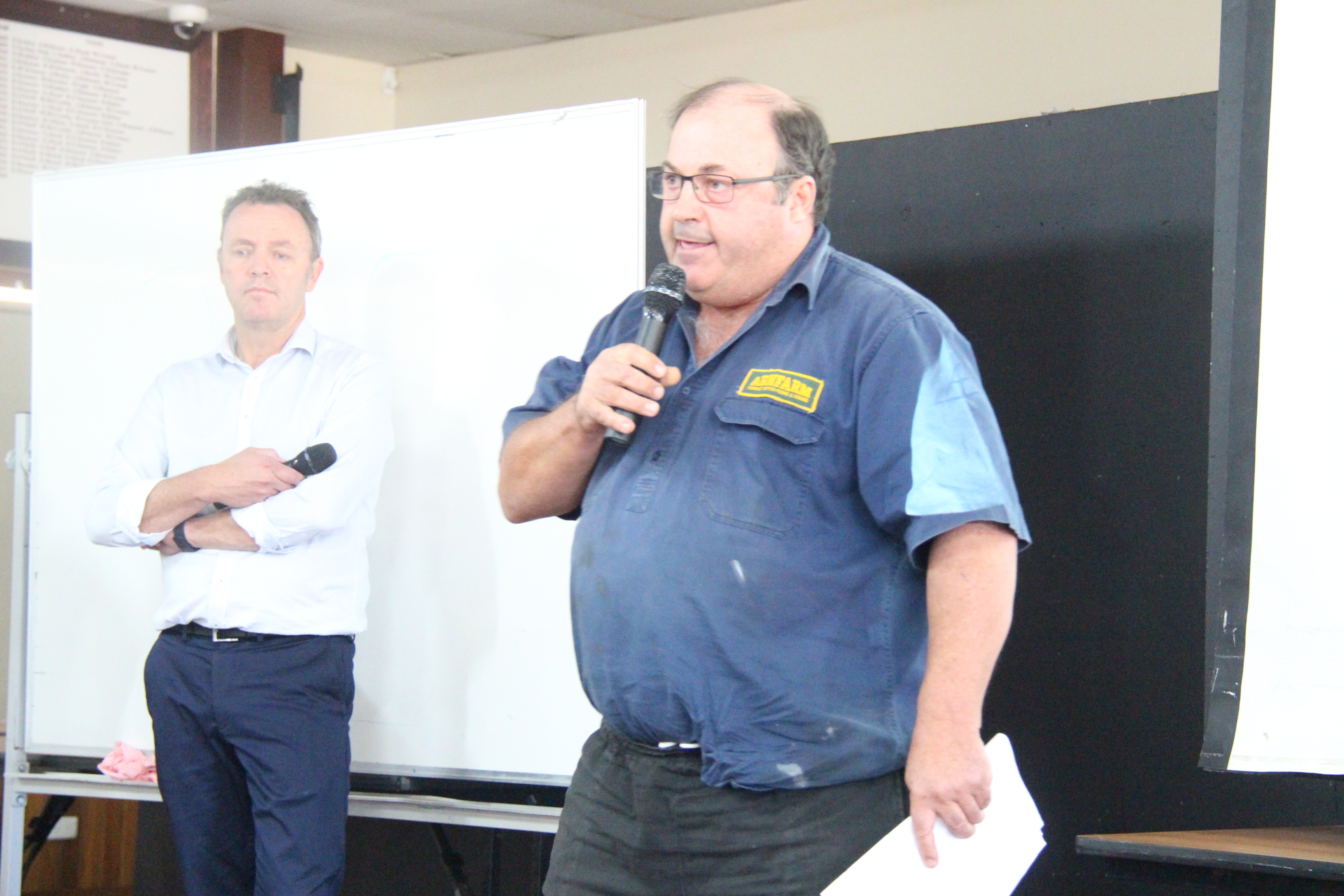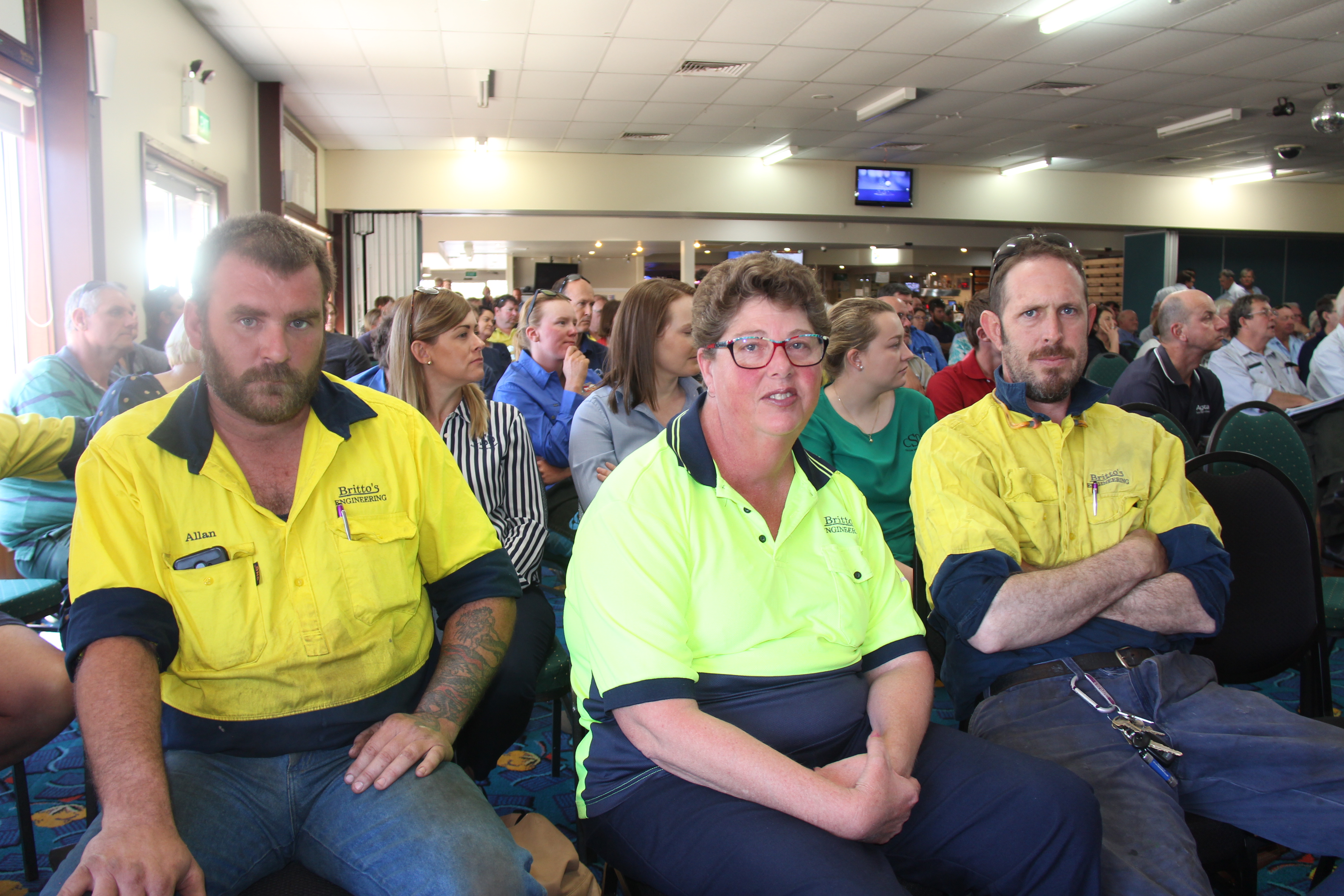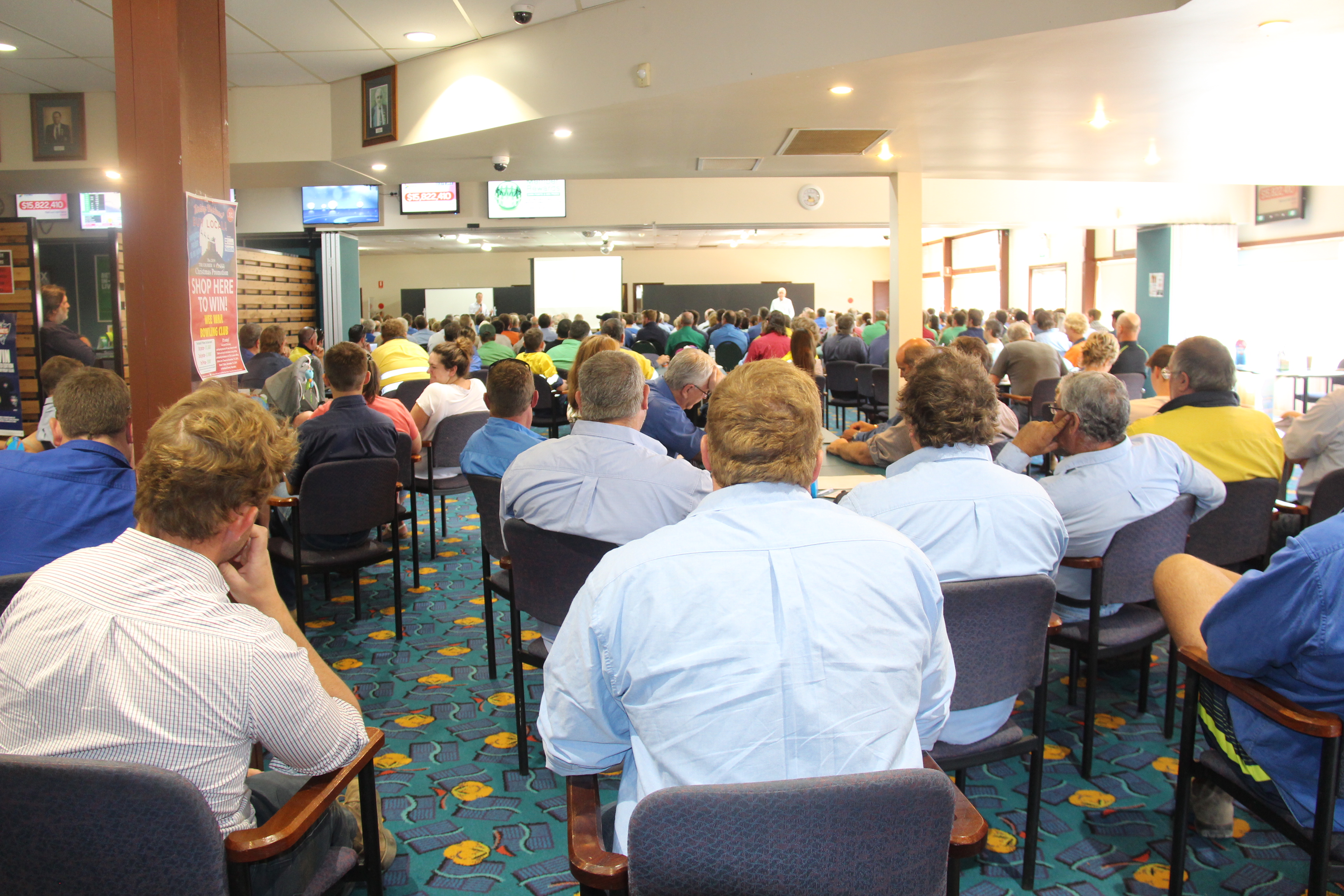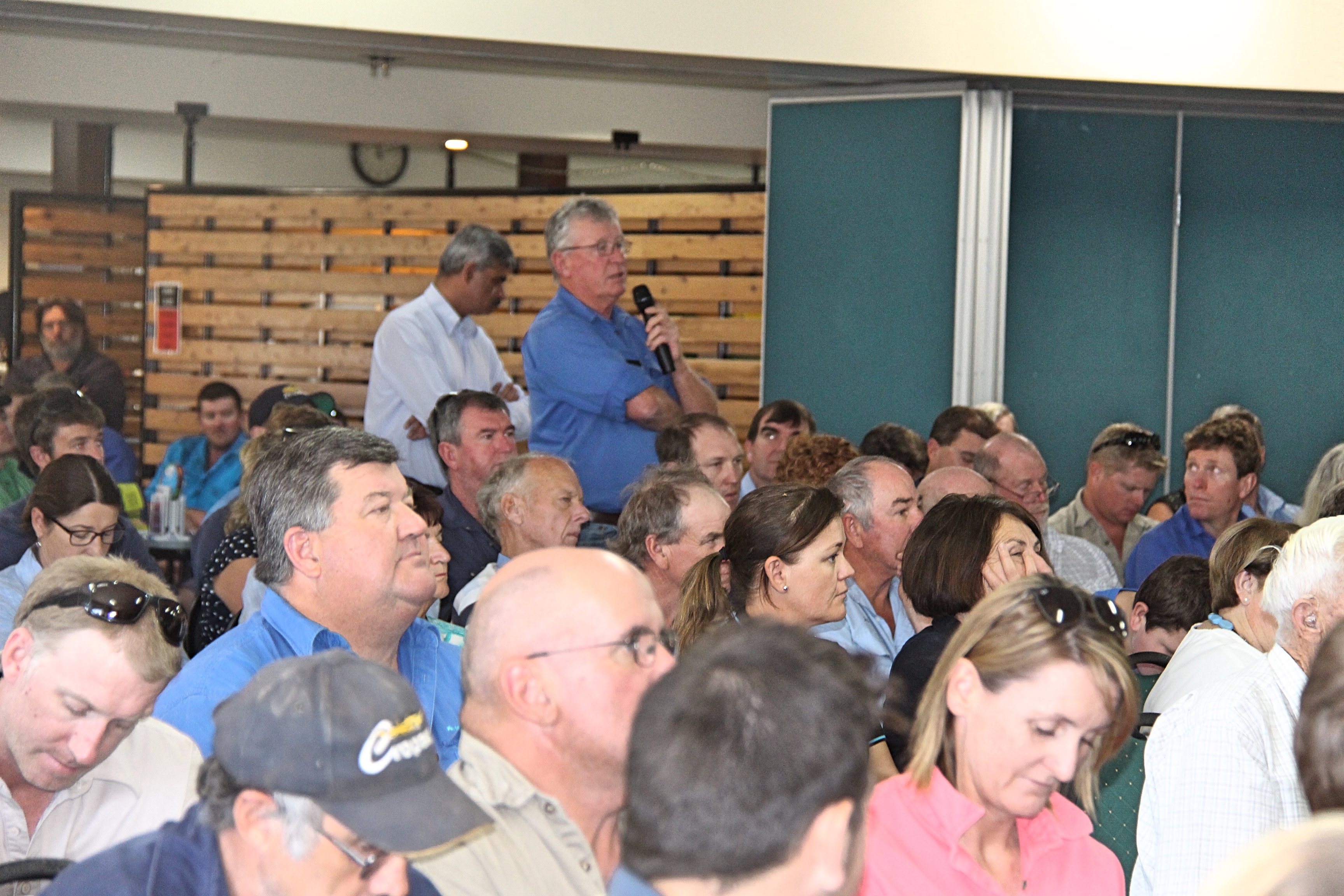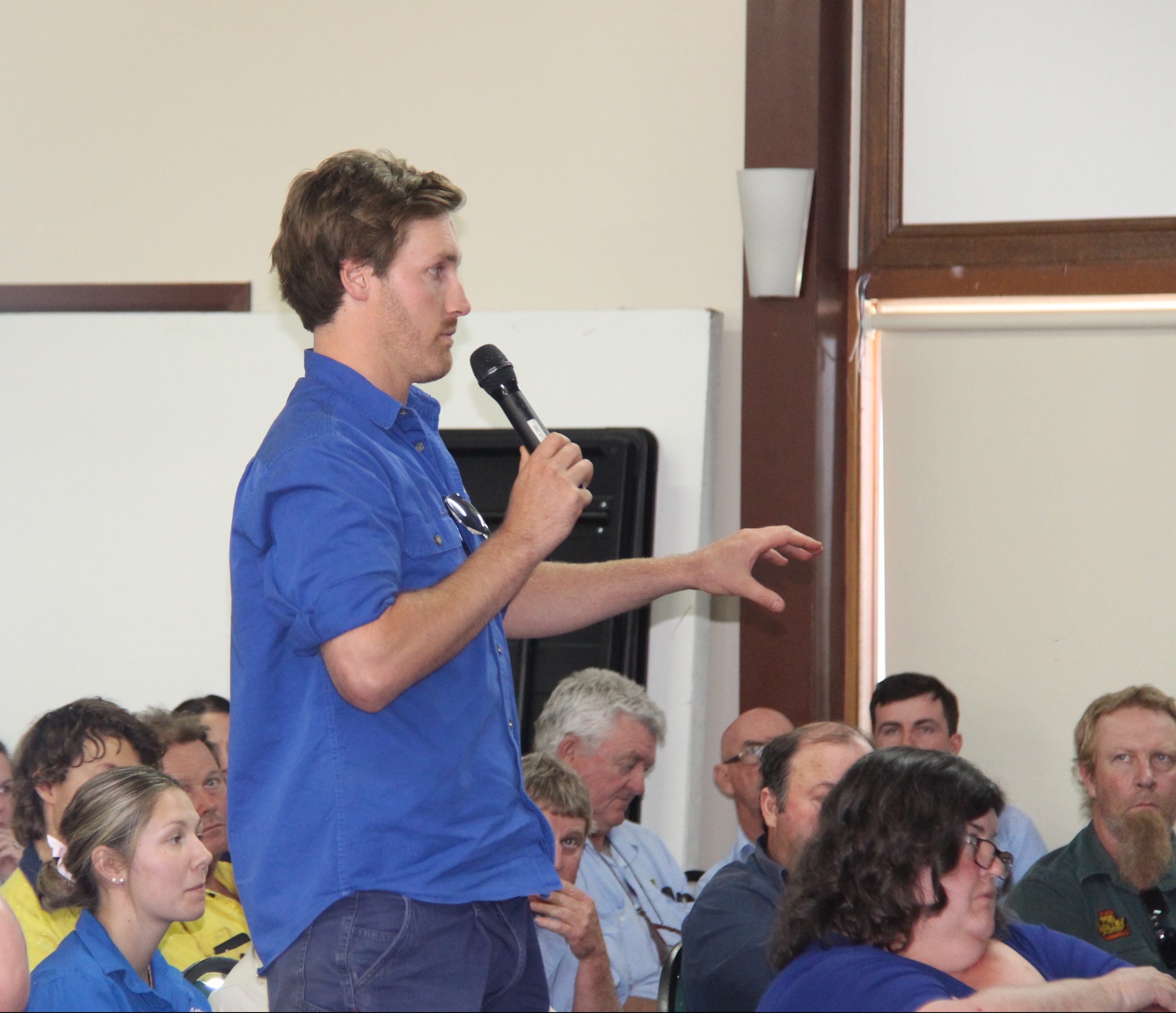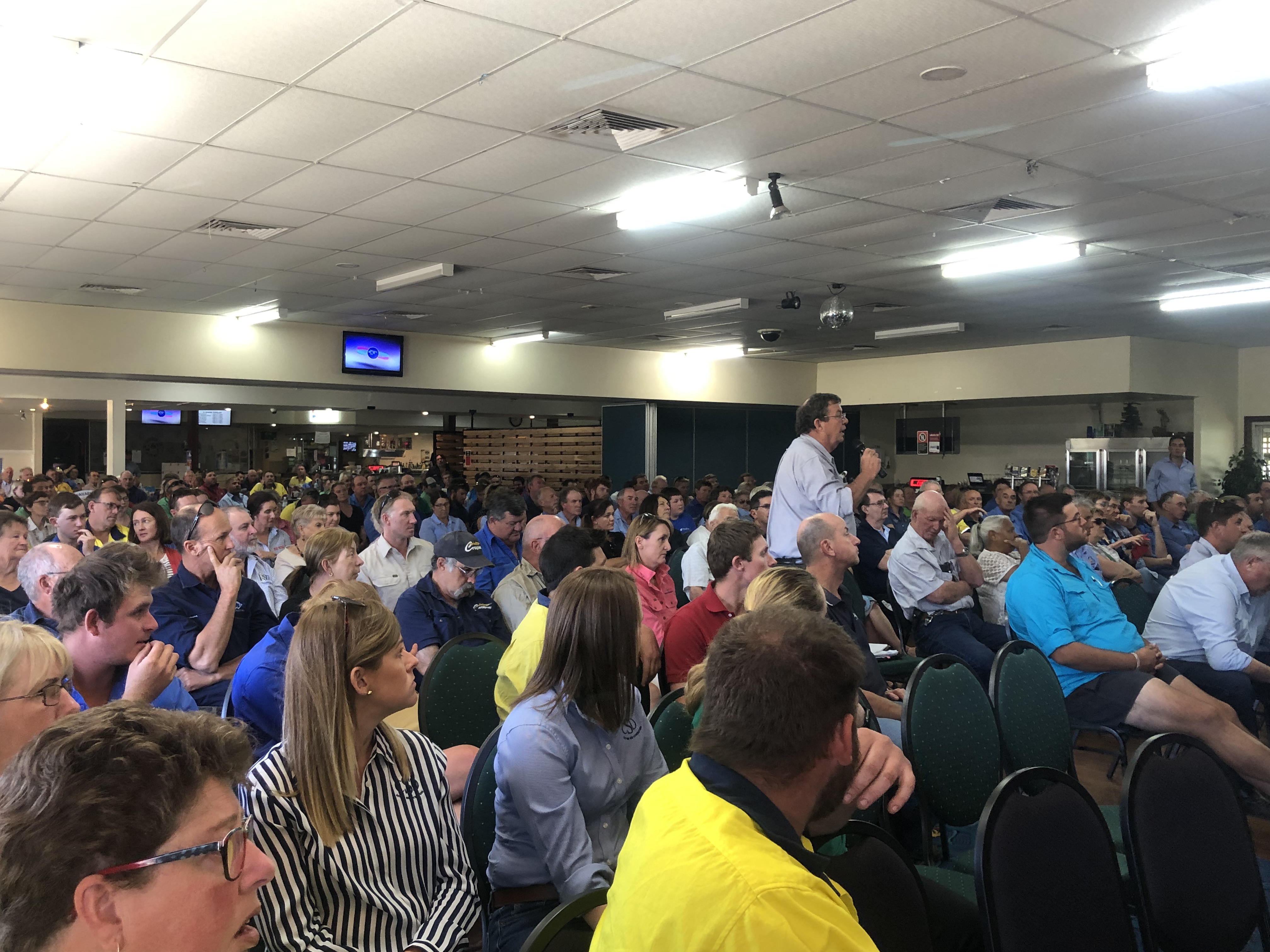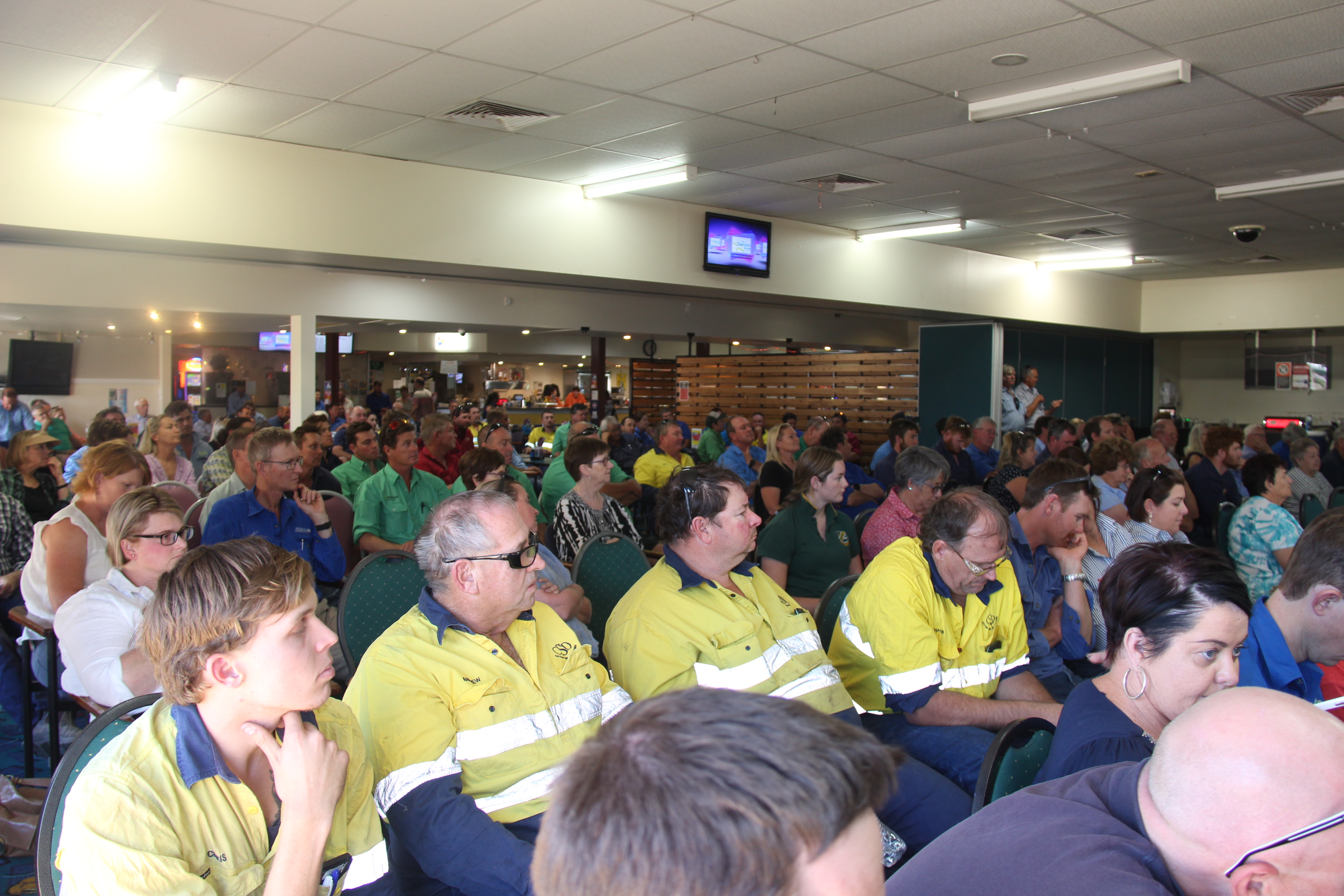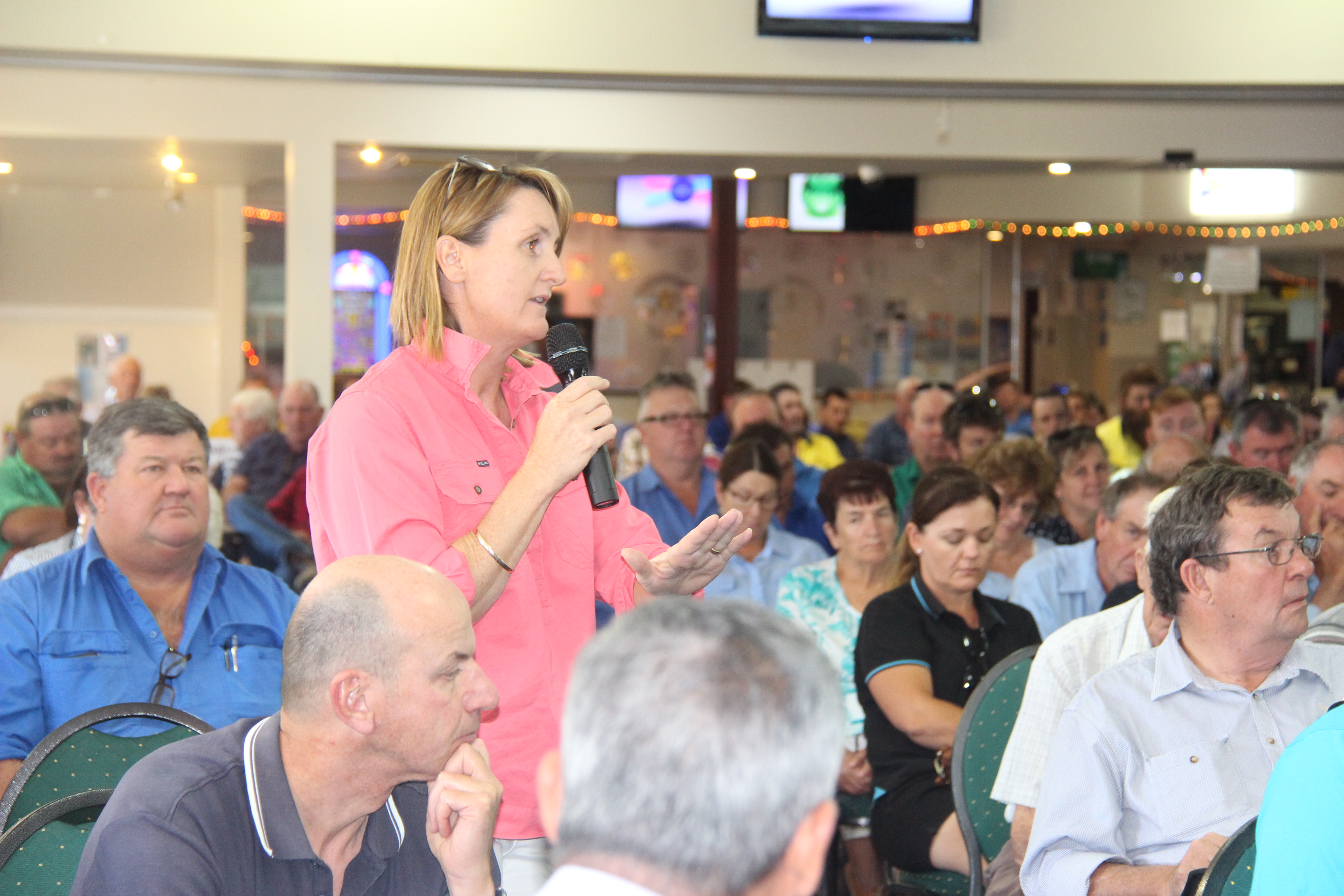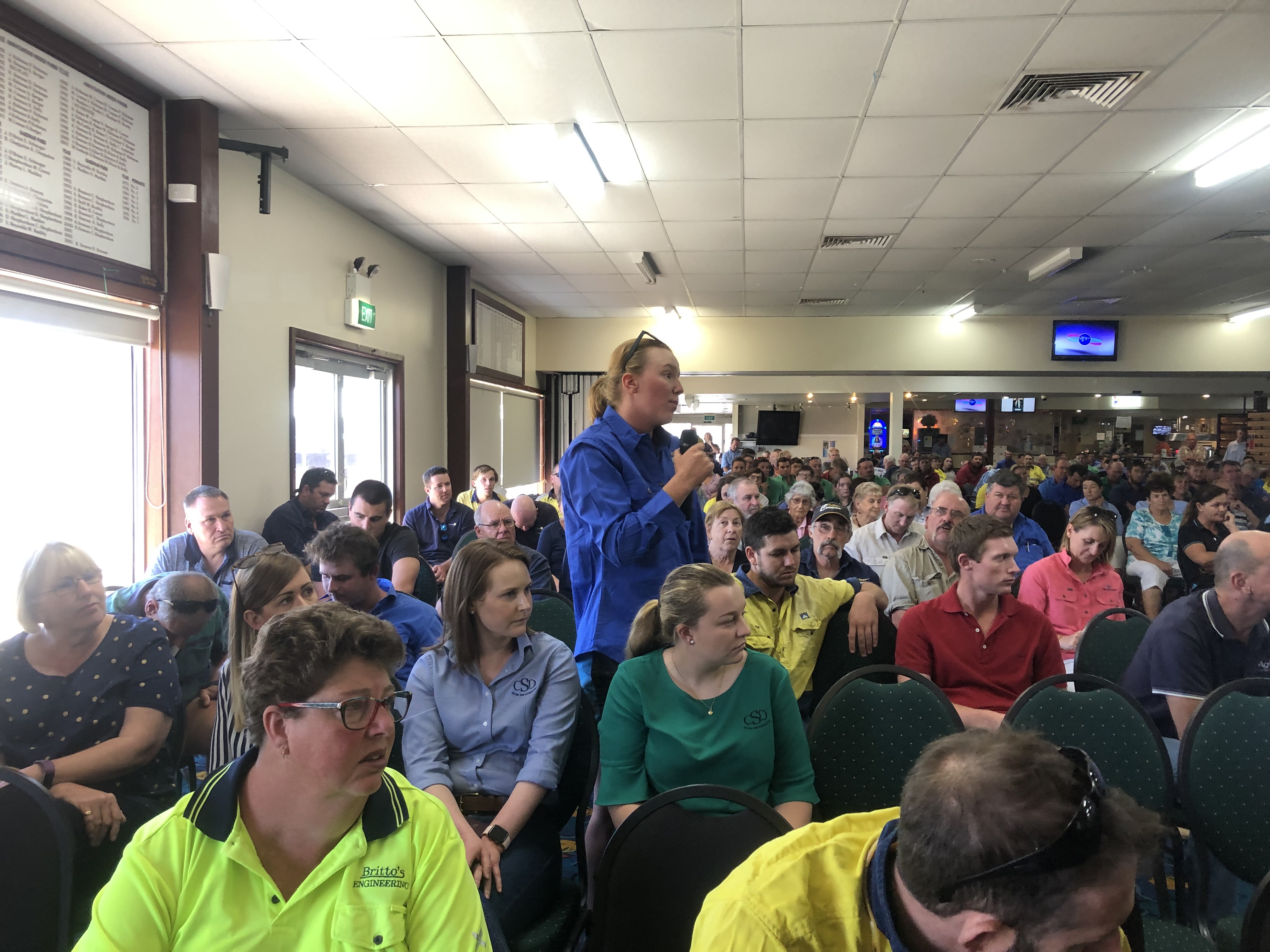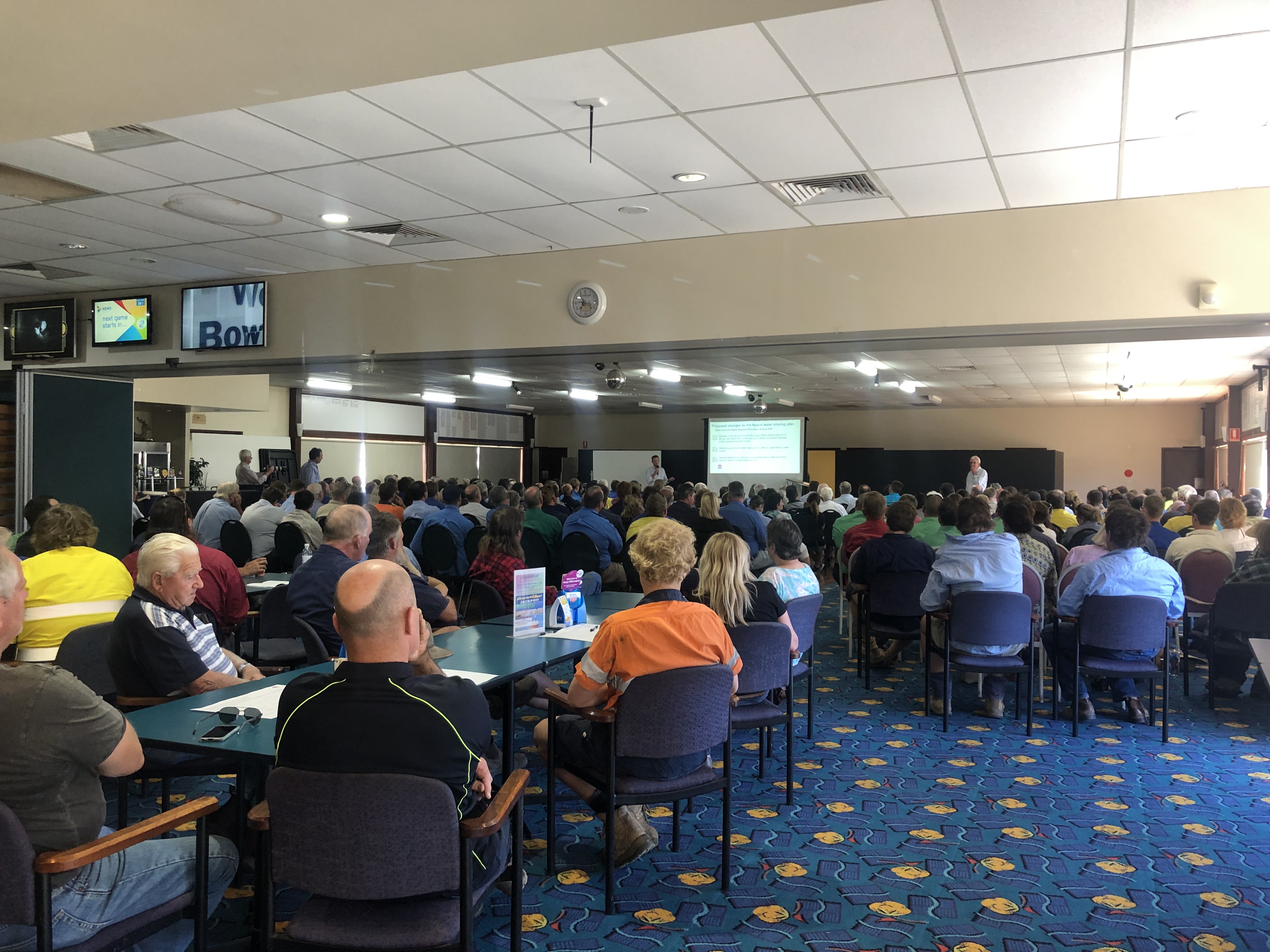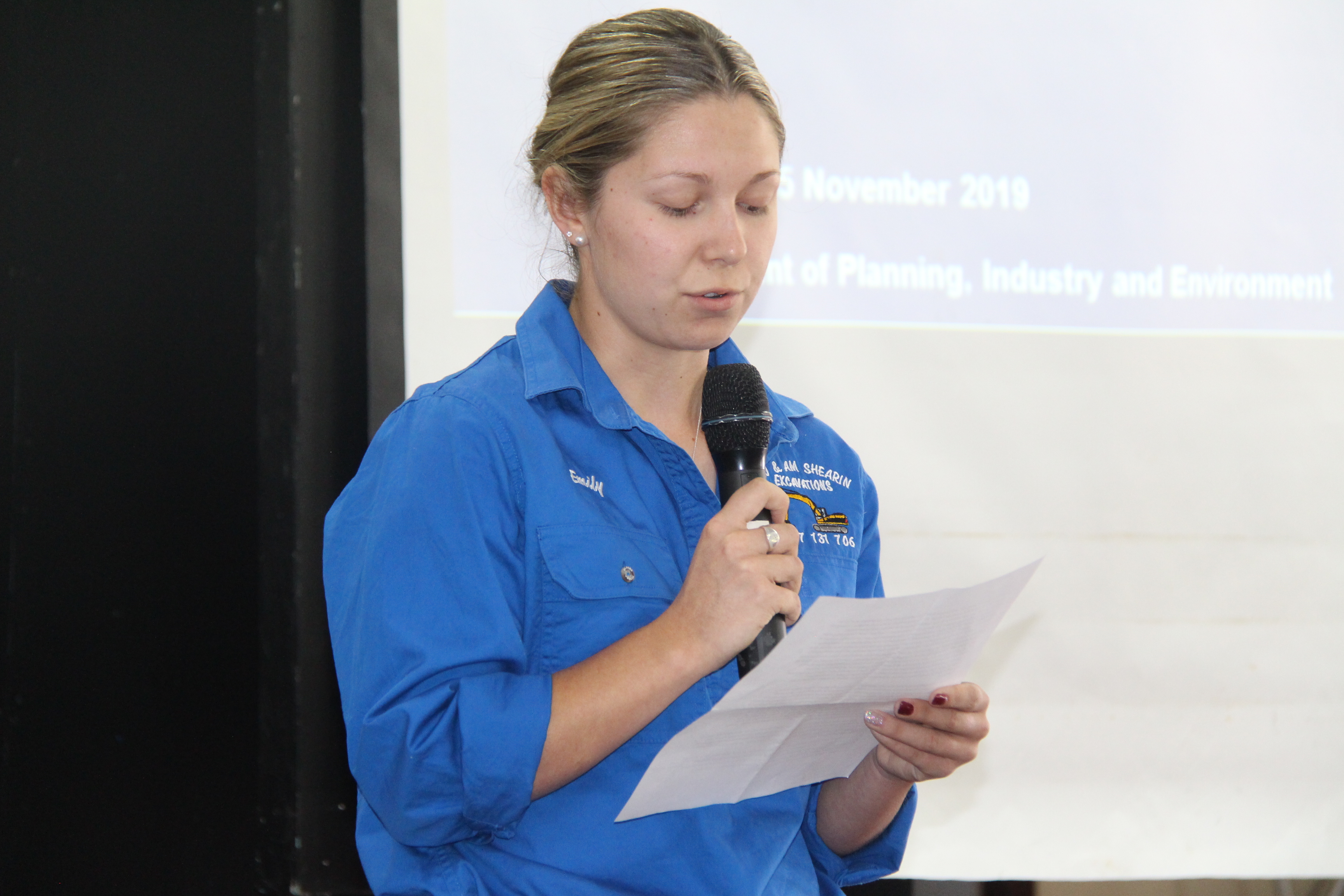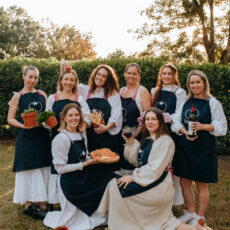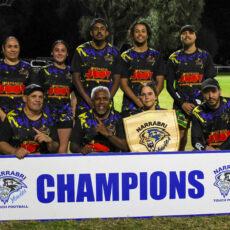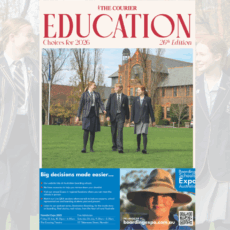The Wee Waa community came out in full force on Friday and overwhelmingly rejected the Department of Industry and Water’s proposed changes to the water sharing plan arrangements in the upper and lower Namoi.
More than 300 people including farmers, business owners, contractors, residents and students stood up for the town’s future by attending a water meeting, held at the Wee Waa Bowling Club.
“I think the department was blown away by the turn out,” said businessman Kerry Watts who reckons he hasn’t seen a meeting close to that size in the town since the 1980s.
“I was so impressed with Wee Waa.”
One hundred and fifty people attended a similar meeting in Narrabri recently and 80 people attended the Gunnedah forum.
Department and government representatives in attendance included the DPI’s director of inland water planning Peter Hyde, acting executive director of policy, planning and sciences Vanessa O’Keefe, Debbie Love from the office of environment and heritage and Tom Chesson, senior adviser to the NSW Water Minister Melinda Pavey.
Department representatives gave a presentation on the progress and development of the NSW water resource plans, the draft Namoi Surface Water Resource Plan and the proposed changes to the water sharing plan.
The proposed changes are being put forward as part of the new water sharing plan for the Namoi Valley, which in turn will form the water resource plan to meet the NSW Government’s commitments to the Murray-Darling Basin Plan.
It’s fair to say water policy is complicated but the community’s views on the draft plan were crystal clear on Friday.
“They’re taking our water away without paying for it,” said farmer James Kahl.
“Both governments declared several years ago that this would never happen again and they’re taking the water away from this community by rules that will not pay for it or compensate for it, and they don’t give a damn if Wee Waa dies,” said Mr Kahl.
Fighting for fair water rights isn’t a new battle for Mr Kahl, or the North West district, but it must have been heartening to see a new generation take up the challenge.
“The removal of productive water or a lack of access creates an uncertainty for my future in this industry,” said 2019 Wee Waa High School captain Emily Shearin who delivered an articulate opening speech straight from the heart.
“My aspirations are to become a rural veterinarian and give back to a community that has given me ample opportunities.
“But how can I pursue this dream and become an advocate for youth in agriculture without the certainty of water security in Wee Waa?
“These community members that are so heavily impacted by government policy are my future employers and this community is my future workplace,” said Emily.
“Government policy will determine the future of many young people with aspirations of entering the agricultural industry.”
Emily said that she’d studied water management as part of her HSC studies in the subject of Agriculture.
“I learnt about the water sharing plan and its vast impacts on the community as a whole,” said Emily.
“Not only the irrigators in this valley are affected, but also the local businesses and contractors that are heavily reliant on agriculture as well as local services,” said Emily.
“Taking this into consideration, our schools are impacted by a lack of revenue in the community, many programs at the high school are only available due to community support.
“Therefore, a decrease in productive water will reduce the local economy and hence, less support is provided for school programs such as the robotics team or Show team.
“Our hospital is also reliant on the local economy and is an indirect stakeholder of the water sharing plan,” said Emily.
“As a young person with dreams of entering the ag. industry, I challenge the government to consult with all stakeholders of this policy.
“Look beyond the surface, consult with retailers, employers and employees of businesses and contractors who are all heavily reliant on productive water and expenditure in the community.
“Hear the concerns of our farmers who are the core of Wee Waa, listen to their suggestions and hold up your responsibilities to the community.
“Allow a plentiful future for myself and other young people with dreams of entering this industry. “
Emily did also thank department representatives for coming to Wee Waa, to hold a meeting and hear the community’s concerns.
She finished her speech by asking representatives a question.
“It is said that when it does rain, Wee Waa will return to the vibrant and productive community it was as we have the most progressive, sustainable and technologically advanced producers in the world.
“But with this uncertainty of the future and removal of productive water from our valley, in a sense, there will be a permanent drought forced on the community. So how does a community recover?”
Emily was the first of a number of young, rural people who stepped forward to express their fears about the proposed changes taking away their dreams of working in agriculture, in the Wee Waa area.
Nineteen year old farmer Jordan Morrison said he was “deeply concerned” about the future of farming.
“As a next generation irrigator, I have a passion for the agricultural industry because it effectively feeds and clothes the world,” Jordan told The Courier after the meeting.
“The amount of water we have access to essentially determines the size of the profit we make or whether we even make one at all.
“This in turn has a flow on effect to the community and the amount of revenue generated and spent in the local economy, which ultimately determines the future of Wee Waa.”
Eighteen year old farmer Indi Harcombe also challenged department representatives asking how many businesses ‘have to die?’ and how many young people’s futures have to be impacted?
“We’re just going to end up like Collarenebri,” said Indi.
The town of Collarenebri lost more than 80 per cent of its irrigated land and more than a third of its farm employment following water buybacks.
The lack of analysis regarding the socio-economic impact of the proposed changes as well as a lack of consultation and a ‘rushed’ timeline were three of the main concerns raised by community members during the heated meeting that lasted about three hours.
“You’re more worried about the fish getting a feed than me getting a feed,” exclaimed one attendee.
“We’re not asking for rain – we’re asking for a fair go,” said another.
Wee Waa Chamber of Commerce president Ann-Maree Galagher quizzed department representatives about pushing the recommendations through without proper consultation and consideration of the socio-economic effects.
“The government draft plan isn’t accepted,” said Mrs Galagher.
“We need ‘Option 2’ to succeed, we don’t need excuses, we don’t need barriers.”
At the end of the meeting, farmer Steve Carolan put forward a motion that was unanimously passed with a show of hands, that the ‘plan is rejected and Option 2 is instilled.”
‘Option 2’ was developed by farmers and businesses in the Namoi with the help of an aquatic ecologist and modeller, and Namoi Water said it is a ‘sensible and practical option’ that delivers outcomes for the environment and community.
“Option 2 is 138 000 megalitres, under our current option which is 90:10 it’s 112 000, but what that means is if there is a flow event or a minor flood in July, August, September, October – we are restricted to only being able to access 10 per cent of that flow through the rules,” said Namoi Water executive officer Jon-Maree Baker.
“What we propose is a change to allow us to access a better share of that because in any one year, when this drought breaks – if it breaks in September and we get a big whack of water – if we’re restricted to 10 per cent it means we don’t recover from drought for potentially another three of four years until the next flow occurs.
“Ultimately our community can recover from drought in one event if we have proper access.
“But what the current rule does is it means if we get that event in that window – you can’t access it – you’ve got 10 per cent.
“So what we proposed was a sensible option in ‘Option 2’ to protect flows for the environment but to give us an outcome that when we do get the flood in those four months we can actually access a share.
“It means you as businesses can recover.”
Namoi Water said further action is needed if the display of ‘people power’ is going to produce a result and is urging community members to make a submission to the DPI by this Wednesday November 20 so the NSW Government knows the draft plan is ‘not acceptable’ in its current form.
“This is actually about recovery when the next flood occurs and having opportunity,” said Ms Baker.
Submissions can be made by clicking here.
To order photos from this page click here





